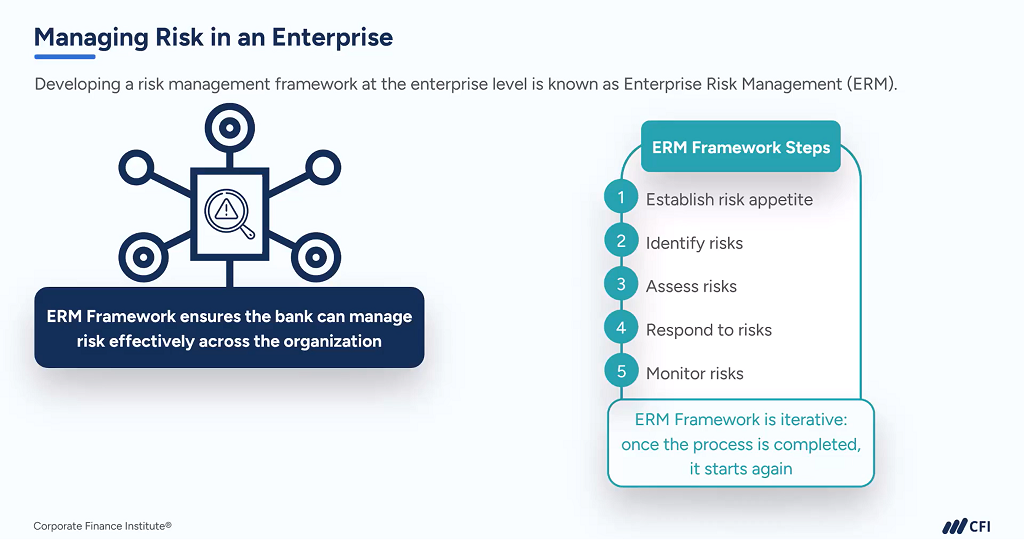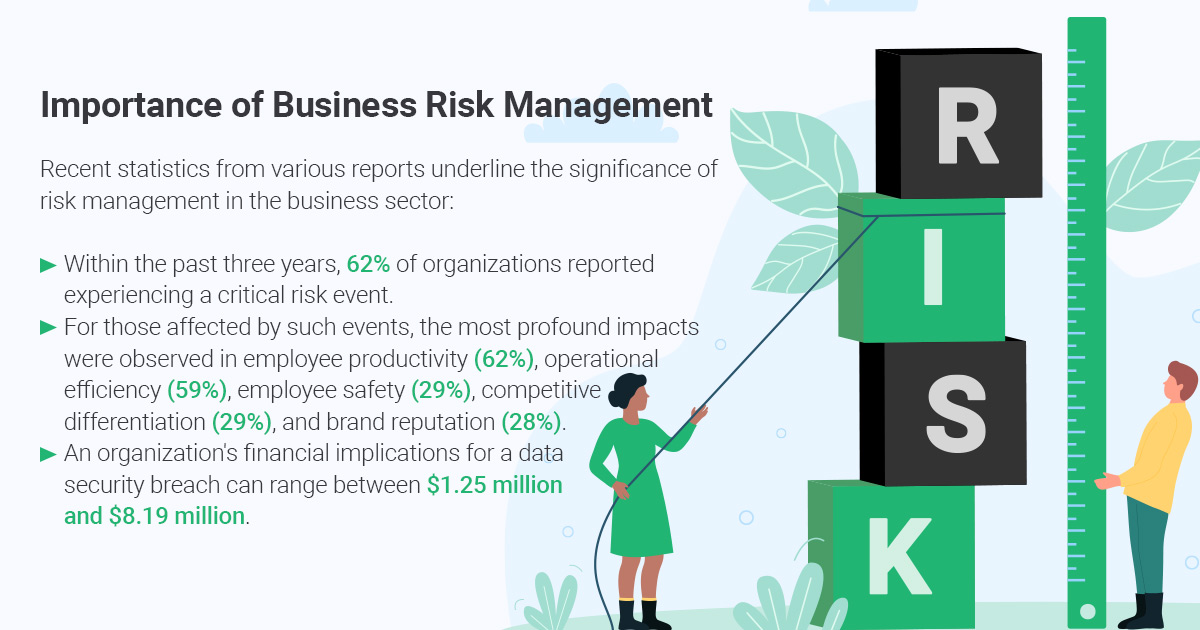The Essential Importance of Risk Management in Protecting Business Assets
The Essential Importance of Risk Management in Protecting Business Assets
Blog Article
The Important Relevance of Risk Management in Achieving Business Goals
This is where Risk Management steps in, supplying a structured technique to determining, assessing, and mitigating prospective roadblocks to advance. As we discover the crucial function of Risk Management in attaining business goals, one can not ask yourself however help: just how does this convert right into real-world success?
Understanding the Principle of Risk Management in Organization

The Integral Role of Risk Management in Strategic Preparation
Incorporating Risk Management into strategic planning acts as a guard for organizations, anchoring their long-term strategies with a solid structure of readiness and durability. It operates as the organization's radar, discovering possible threats and susceptabilities that might disrupt the path in the direction of achieving their specified objectives. Risk Management uses a structure for preparing for unpredictabilities and developing appropriate actions, ensuring the company's survival and success even in the face of difficulty. By including Risk Management into tactical planning, companies can transform these uncertainties into chances for development and technology. This strategic interweaving of Risk Management cultivates versatility, making organizations much more durable and enabling them to navigate the ever-changing organization landscape with confidence. Risk Management comes to be a vital device in critical preparation, important in securing lasting success.

Methods for Identifying, Assessing, and Prioritizing Threats
Browsing the facility landscape of threats calls for the application of certain methods for their evaluation, prioritization, and recognition. The process begins with Risk recognition, employing devices such as SWOT analysis, which aids in identifying potential hazards and opportunities. Next off, Risk evaluation is carried out to establish the prospective impact and probability of each Risk. Devices such as Risk matrices and impact-probability graphes are made use of for this. Risks are focused on based on their possible impact and likelihood, permitting organizations to focus their resources on critical threats. This systematic strategy ensures an extensive understanding of the Risk landscape, making it possible for companies to make informed useful content choices and successfully handle dangers to accomplish their objectives - importance of risk management.
Guarding Business Operations With Reliable Risk Management
In the company landscape fraught with unpredictabilities, efficient Risk Management plays a crucial function in securing business operations. It offers as a safety shield, minimizing the unfavorable impacts of potential dangers and ensuring the smooth functioning of all processes. By determining and assessing possible dangers, Risk Management allows organizations to establish robust backup plans. This preventative approach help in preserving functional stability, also when faced with unanticipated circumstances. In significance, Risk Management is the lifeline that keeps the organizational operations afloat amidst unstable waters. It makes certain not just the survival but the sustainable development of a company, making it an indispensable device in accomplishing service objectives. For this reason, companies need to purchase comprehensive Risk Management approaches to secure their operations.

Transforming Potential Threats to Opportunities: The Power of Risk Management
A proactive technique to risk Management involves identifying, evaluating, and focusing on risks to design methods that turn them right Discover More into potential advantages. Thus, by leveraging the power of Risk Management, organizations can not only protect their procedures yet additionally spur development and accomplish their goals in an unpredictable organization setting.
Case Studies: Success Stories of Risk Management Driving Service Objectives
Successful execution of Risk Management methods has actually generated remarkable cause various organizations, underscoring the advantages of this method. Multinational companies like Microsoft and Google, for instance, have leveraged Risk Management to minimize dangers and make use of possibilities, driving their company objectives onward. Microsoft's proactive Risk Management technique aided it pivot quickly throughout the 2020 pandemic, transitioning to remote job efficiently, consequently keeping efficiency. Google, by assessing and reducing prospective risks in its cloud-based services, has guaranteed nonstop solution, consequently strengthening client depend on. These instances highlight exactly how successful Risk Management can not only steer businesses free from prospective mistakes yet also lead them in the direction of their calculated goals. Hence, Risk Management is integral to the pursuit browse this site of organizational goals.
Verdict
To conclude, Risk Management is fundamentally critical in achieving organizational goals. It uses a systematic approach to identifying, analyzing, and resolving potential threats and chances. Even more than simply mitigating threats, it likewise promotes innovation, resilience, and sustainable growth. By integrating Risk Management into strategic planning, companies can better browse unpredictabilities, secure procedures, and capitalise on possibilities, thus straightening with lasting goals.
At its core, Risk Management is the procedure of determining, assessing, and addressing potential risks that can negatively influence an organization's goals or operations. Next, Risk evaluation is performed to determine the potential impact and chance of each Risk. Risks are focused on based on their prospective influence and probability, enabling companies to focus their resources on high-priority dangers. By recognizing and evaluating possible hazards, Risk Management enables organizations to develop durable backup strategies. An aggressive method to take the chance of Management includes identifying, assessing, and focusing on threats to design methods that turn them into prospective benefits.
Report this page